How to Unclog a Catalytic Converter – Step by Step Process
Catalytic converters are an integral part of the exhaust system of a vehicle. Their job is to treat all the harmful exhaust gases before they are released to the environment. A complex set of chemical reactions turns them into less harmful gases hence making the vehicle’s environment-friendly.
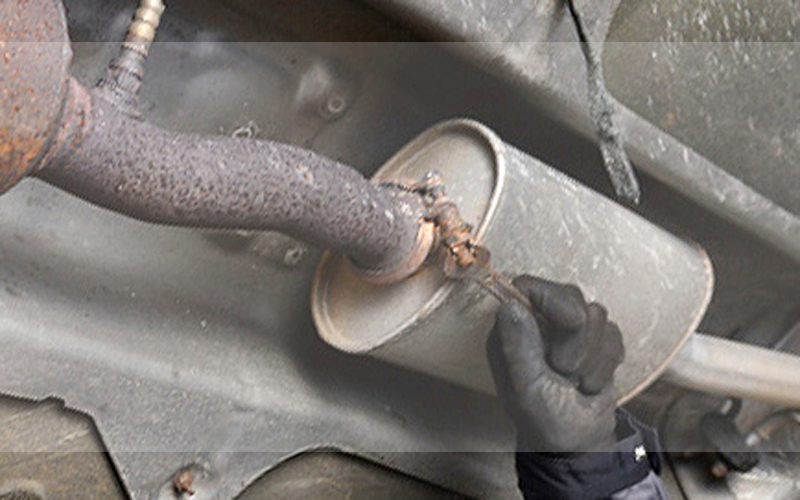
Having a bad catalytic converter not only pollutes the environment, but it also worsens the mileage and reduces your engine’s performance, eventually leading to engine failure. Hence the problem should be treated as a top priority and placed highest on your to-do list. While it is usually recommended by most to replace them, but there are times when you can unclog or clean them yourself to save some fortune.
So, if you also have a clogged catalytic converter and are looking for ways to save money and clean it your own, you’ve come to the right place. This article will explain all the effective ways to help you do the job.
How To Diagnose A Clogged Catalytic Converter
Not everybody is an automobile mechanic, and you cant check inside of a catalytic converter to see if it’s clogged. So let’s dig into it and see how can figure out a clogged catalytic converter.
If the fuel mixture is rich, it can cause the engine to misfire sometimes, or even if your engine misfires often due to some other reason, it can melt your catalytic converter and eventually clog it. So you should suspect your catalytic converter being clogged if your vehicle often does this.
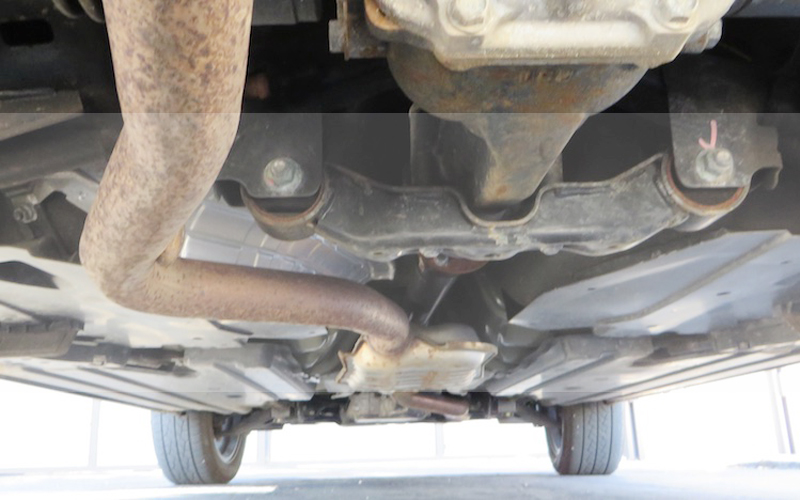
The engine performs relatively poor and has a hard time starting up, and makes a rattling noise while it does. You might also be able to smell ammonia and/or sulfur. Sulfur’s presence can be confirmed by the smell of a rotten egg.
If all these symptoms are not working or they could be pointing at other issues as well, and you’re still not sure, you can plug an OBD-II scanner to a port located under the steering. Look at the owner’s guide if you cannot find it. Then turn the engine on without starting it. Wait for the scanner to produce a code then look it up in owner’s guide to know if your catalytic converter is actually clogged or not.
Related Post: Driving With a Bad Catalytic Converter
Considerations To Take Before Unclogging
There are certain things that you need to have in your mind before going on with the process of unclogging your catalytic converter. There are certain situations when it is useless to try and clean your cat-con as it has already gone past cleaning, and the only way left now is to go for a replacement. Hence it’s better taking a look at these points to keep your tiring efforts or cleaning going to total waste.
a. Too Clogged
In some cases, the catalytic converter is clogged up to a point where it does not even let the engine run. If this is the case, the specialist mechanic’s help should be sought or the cat-con be replaced altogether.
b. Check If The Catalytic Converter Is Broken
Try hitting the cat-con with a heavy thing such as a hammer; a noise would imply a broken part if it. Such a situation cannot be repaired; hence, it should immediately be taken to a workshop and be replaced without wasting your time.
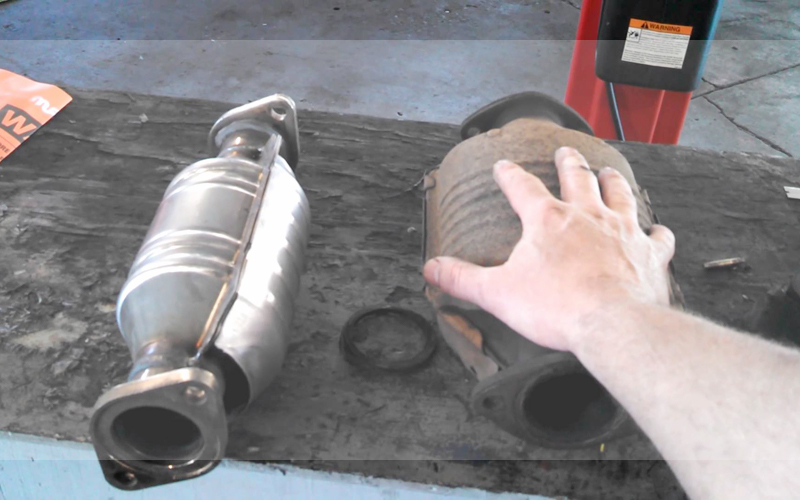
c. Fuel Combustion
Sometimes, there could be a fuel leak, causing it to enter the cylinders and getting burned inside the catalytic converter. If this is why your catalytic converter got clogged up then even if you apply the following methods, the situation will get back to this form within a short time requiring you to unclog soon again. So, it should be taken care of as well to avoid the clogging up again.
Unclogging The Catalytic Converter
I. Trying To Make The Cat-Con Unclog Itself
This is the most straightforward approach to the solution and should be tried prior to any other methods. Below given is a step by step guide to making it easy for you.
- Look for the right cat-con cleaner. You can search it online according to the model and make of your vehicle, make sure it’s compatible.
- Wait until there are approximately 15 liters of gas remaining in your tank or if its less get it refilled up to that level.
- Pour the cleaner into the tank. If the cleaner has any specific instructions etc. pouring a certain amount of it, follow them.
- Drive your vehicle at 2500-3000 rpm for around half an hour, go to a highway if necessary. Drive until your tank is nearly empty and make sure the vehicle is NOT overheating.
- Clear any OBD codes if present.
- Wait for the OBD code to re-calibrate.
This method works in a lot of cases if the catalytic converter is not clogged to a very high level. However, there sure is a possibility that the code shows again and this doesn’t work. Let’s look at another method you could try in that case.
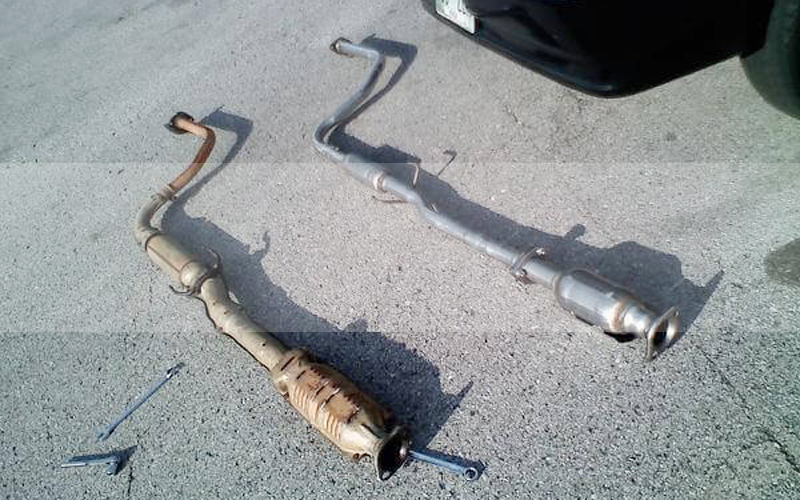
II. Unclogging The Cat-Con By Removing It
Frankly, this method is not as simple as the first one and must only be pursued if you are an intermediate home mechanic. This should be tried as a second priority if the first method did not work, and the clogging might be severe. Let’s look at a step by step guide to walk you through it.
First, you have to tick all the items in the check-list to make sure you have everything you will need on-board.
- Safety gloves and goggles
- Degreaser
- A container
- Clean towel
- Wrench
- Jack and its stand
- High-pressure washer
a) Do The Pre-Job Tasks
Wear safety equipment, goggles, and safety gloves. Make sure the vehicle is parked on a flat and a well-lit surface. Open the hood jack up so as to put yourself in a comfortable position. However, be sure that the car is cooled down as exhaust systems run pretty hot and can go up to 700F.
b) Removing The Catalytic Converter
Locate the catalytic converter; they are likely in the middle or end of the exhaust system and in the form of a square or rounded device. Once found, undo the bolts using the wrench carefully, you can use oil if you need, to make undoing the bots easier. However, you may need to take help from a mechanic here if it is welded instead of being bolted.
c) Examine the Catalytic Converter
This step should be done rather carefully as if the catalytic converter is broken or is totally melted, the method would not work, and all there will be left to do is replace it. Try hitting or shaking the cat-con to hear if anything is broken inside of it. However, you can advance to the next step if it’s not broken or hasn’t melted down.
Related Post: How Long Do Catalytic Converters Last
d) Clean The Catalytic Converter
Clean the outer body of the cat-con with a clean towel or a piece of cloth to get any residues off its surface. Then use a pressure washer to force any contaminants or debris out of the cat-con. Make sure you don’t use very high pressure and get into both the outlet and inlet pipes.
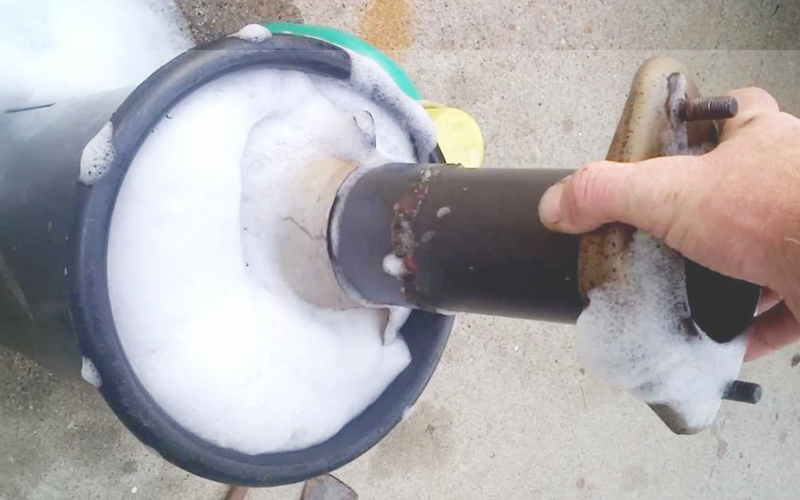
e) Soak The Unit
Prepare a solution of hot water and degreaser inside a container large enough to house the cat-con. Place the cat-con inside the container for approximately 45 minutes. But don’t leave it there for more than a few hours as It can start having adverse effects.
f) Allow It To Dry
After taking the catalytic converter out of the container, give it enough time to dry off completely before re-install it, use a towel to dry if necessary. You may want to rinse it off as well, if you do, use the power washer.
g) Installing It Back
As now we are done with all the steps, we can safely put the catalytic converter back where it belongs. At this point, you can be very hopeful that it has been unclogged successfully.
Ironically, there’s still no surety after all this effort. You can go for a drive after completing this to check if the code does show again. However, if you still get the code and the engine light, the matter has slipped beyond your reach, and it may have become inevitable to avoid the help of a mechanic or totally replace it.
Conclusion
Now that we know what importance does unclog your catalytic converter holds for both the environment and your vehicle’s health, we should be all ears for any symptoms and be sure to fix the catalytic converter on a high priority.
As we saw, cleaning your catalytic converters is not rocket science and rushing to mechanics, spending your precious money is not the only way out. Except for the worst-scenarios however. Once you decide to do it on your own, using a cleaner has to be the first take at unclogging but in the case of failure we should try taking the cat-con out and treat it however as we learned. This is all you could have done being a home mechanic. Rest is fate!
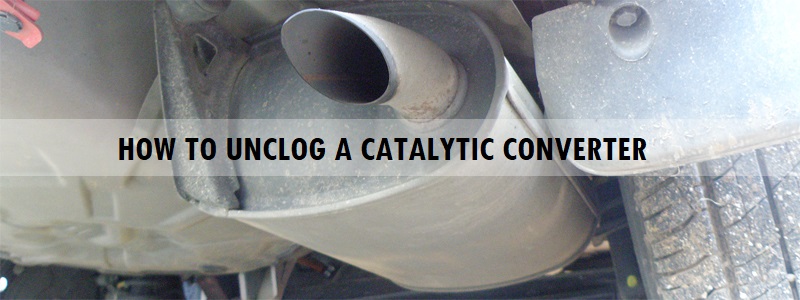

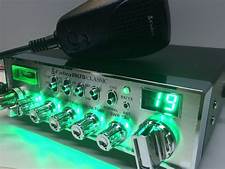



Post Comment